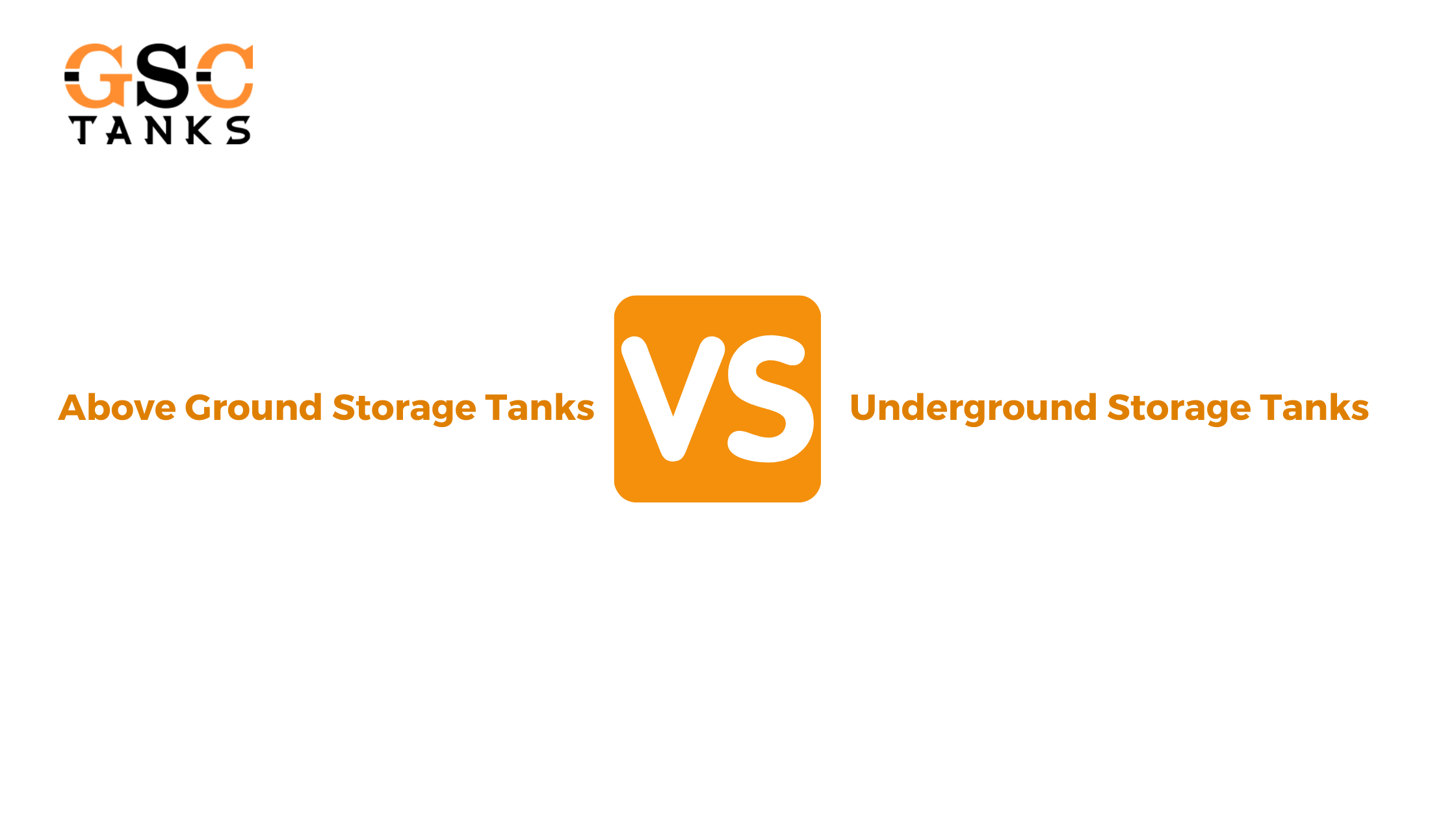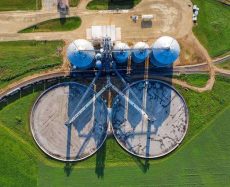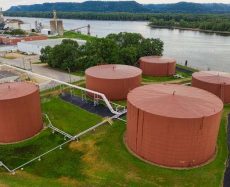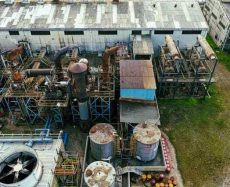
- admin
- March 8, 2022
Above Ground Storage Tanks vs Underground Storage Tanks
Whether you select underground storage tanks (USTs) or above ground storage tanks (ASTs) to house petroleum products or certain types of dangerous substances, you may expect stringent regulation. The strict criteria are targeted at general public health and environmental protection, but mainly at preserving the safety of our groundwater, which supplies half of the nation’s drinking water.
The US Environmental Protection Agency (EPA) defines an underground storage tank (UST) as any tank with subterranean pipes that contains at least 10% of its total capacity beneath. All USTs used to store listed hazardous compounds or petroleum are regulated by the EPA.
Above ground storage tanks must also comply with the Environmental Protection Agency’s Spill, Prevention, Control, and Countermeasure requirements, which govern tank design, construction, and installation, as well as continuous monitoring and inspection, and spill clean-up.
Who is in charge of the regulation of underground and above ground storage tanks?
EPA Region 2 includes New York and New Jersey. The New York Department of Environmental Conservation Petroleum Bulk Storage Program or the New Jersey Department of Environmental Protection UST or LUST (leaking UST) Programs are in charge of compliance monitoring.
In addition, the EPA’s criteria may be modified or added to by your county, municipality, and/or fire department. Fire rules normally specify whether ASTs are permitted, as well as the type of equipment required, as well as the maximum capacity, fire resistance level, and minimum distance between tanks, buildings, property lines, public areas, and dispensing equipment.
ASTs are becoming more widely accepted. The type of product you propose to store, the location and size of your tanks, and whether your product is marketed at retail or simply utilized for private motor vehicle fuelling will all influence whether they are permitted for your site.
For the bulk storage of chemicals and fuels, above-ground storage tanks are often preferred
Installing an AST is less expensive. You can put the tank on a pad or footing, which means you’ll have to do a lot less digging and backfilling and paving. Because above ground storage tanks are located in a diked environment or above grade, visual checks for leaks are simple.
Under some conditions, ASTs are not required to be fire-rated. And, especially in the smaller sizes, they’re rather easy to transport.
Steel is now required in the construction of new ASTs. Steel or fibreglass underground storage tanks are available, as well as composite designs in which the steel is covered with fiberglass or corrosion-resistant urethane.
What is the current status of storage tanks?
Larger capacity, for one thing, to allow for future growth if your fuel storage requirements grow. In the long term, planning ahead saves money.
The use of secondary confinement is becoming more common. These tanks are more expensive upfront, but they provide superior environmental protection in the case of a leak. For some hazardous compounds, the Comprehensive Environmental Response, Compensation and Liability Act (CERCLA) and the Code of Federal Regulations (CFR) mandate secondary containment.
The use of compartmented USTs is becoming more prevalent. They are less costly to build since only one tank requires less excavation, backfill, and pavement than several tanks, and they allow for onsite mixing of different fuel grades.
Are you confused about whether underground or above ground storage tanks are best for your needs?
If you answered “yes” to all of these questions, above ground storage tanks are definitely a suitable fit for your setup:
- Is it allowed under zoning restrictions or is a variance possible?
- Is there enough land to accommodate tanks today and in the future?
- Is it aesthetically pleasing?
- Is it possible to satisfy the requirements for environmental protection and secondary containment?
- Is spill containment adequate to prevent fire explosions?
- Is there adequate protection against vandalism or other forms of tampering?
- Is it possible for design to effectively facilitate product storage and transfer?
- Is it financially viable?
If one or more of these critical components fails, you’ll almost certainly need to install underground storage tanks.
Are you still confused about ASTs or USTs?
Please give us a call.
- above ground storage tanks vs underground storage tanks
Category
- Above Ground Fuel Tanks
- Above Ground Gas Storage Tank
- Above Ground Storage Tanks
- Above Ground Water Storage Tanks
- Agricultural Tanks
- Chemical storage Tanks
- Diesel Fuel Storage Tanks
- Diesel Storage Tanks
- Exernal FloatingRoof Tanks
- Farm Water Tank
- Fiberglass Oil Tanks
- Fiberglass Septic Tanks
- Fiberglass Underground Fuel Storage Tanks
- Field Erected Tanks
- Floating Roof Tank
- Fuel tank
- Industrial Chemical Storage Tanks
- Industrial Gas Tanks
- Industrial Plastic Tanks
- Industrial Storage Tanks
- Industrial Tank heating pads
- industrial tanks
- Natural gas
- Natural gas vs Propane
- oil storage tank
- Oil Storage Tanks
- Peracitic Acid
- Petroleum Tanks
- Residential gasoline storage tanks
- Residential Water Storage Tanks
- Sodium Hydroxide Storage Requirements
- Sodium Hypochlorite Storage Tanks
- Steel Storage Tanks
- storage tank failure prevention
- Storage Tanks
- Sulfuric Acid Tanks
- Uncategorized
- UnderGround Storage Tanks
- Water Storage Tanks

 Tank Size Calculator
Tank Size Calculator






